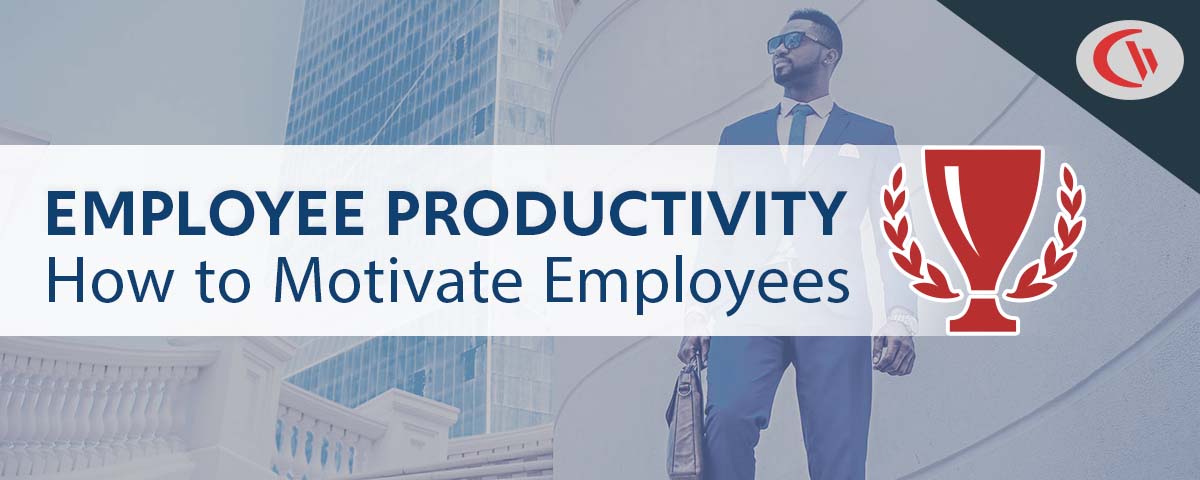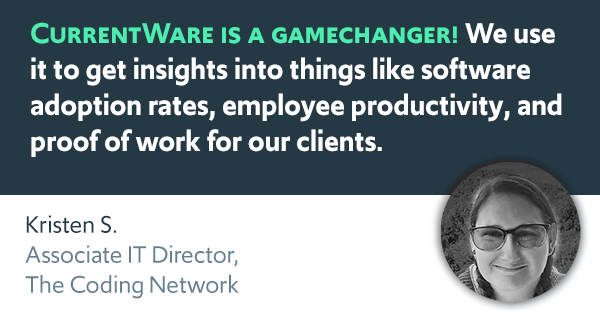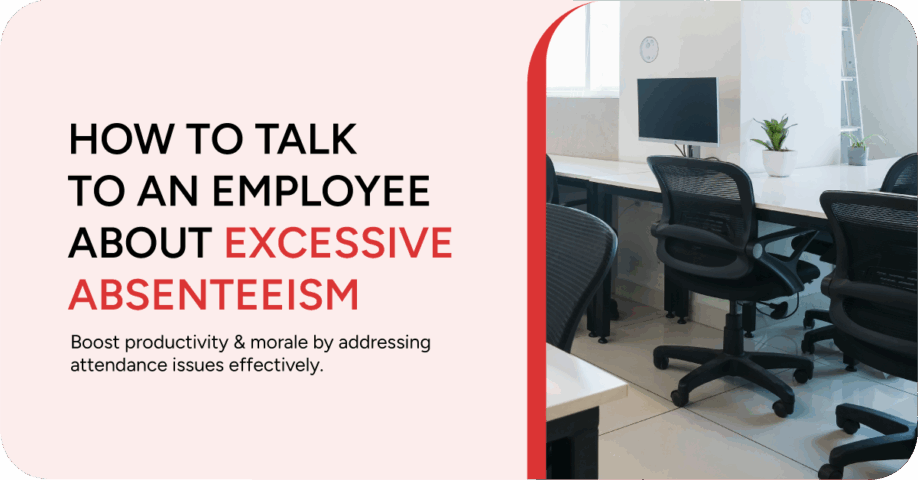9 Employee Retention Strategies for Surviving the Great Resignation
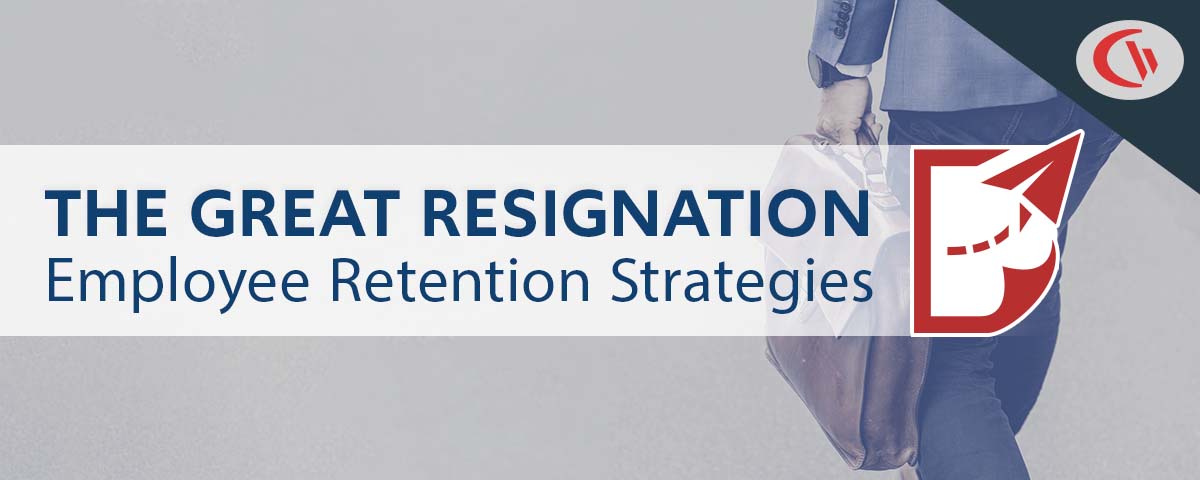
According to Joblist’s Q3 2021 Job Market Report survey 73% of currently-employed workers say that they are actively thinking about quitting their jobs and finding a new job.
So what does that mean exactly? It means that as the “Great Resignation” continues, companies need to focus on employee retention strategies.
In this article you will learn how to boost employee retention, reduce employee turnover, and create an employee retention strategy that will help you keep your most valuable employees.
What is “The Great Resignation”? Why Are Employees Quitting Their Jobs?

“American workers are quitting their jobs at unprecedented rates in 2021. In April alone, 4 million people quit their jobs and millions more have followed suit since. The trend — dubbed the “Great Resignation” — has been the subject of much discussion as to why, during an overall difficult job market, so many are choosing to leave their jobs.”
Joblist Q3 2021 Job Market Report survey
According to the Joblist survey 73% of employees were thinking about quitting their jobs in Q3 2021. As the “Great Resignation” trend is expected to continue, employers need to focus on increasing their employee satisfaction if they want to improve employee retention.
Why Are Employees Leaving Their Jobs In The Great Resignation?
- Unhappiness with how their employer treated them during the pandemic (19%)
- Low pay or lack of benefits (17%)
- Lack of work-life balance (13%)
- To pursue a new career path (20%)
While the exact reasons for the Great Resignation are more complex than a simple survey can tell you, understanding employees’ concerns is essential for business leaders that want to improve their organization’s ability to retain talent.
“The Great Resignation, also known as the Big Quit and the Great Reshuffle, is an ongoing economic trend in which employees have voluntarily resigned from their jobs en masse, beginning in early 2021. Possible causes include wage stagnation amid rising cost of living, long-lasting job dissatisfaction, safety concerns of the COVID-19 pandemic, and the desire to work for companies with better remote-working policies.”
Wikipedia
Why It’s Important To Retain Employees & Reduce Employee Turnover
It’s More Cost Effective to Retain Employees

There’s no way around it—employee turnover is expensive.
Replacing lost human capital carries a significant financial and logistical burden. Work Institute’s 2020 Retention Report found that it costs employers 30% or greater of a worker’s annual salary to hire a replacement if that worker leaves.
Between recruitment costs, lost productivity, lost knowledge, and impacts on employee experience, businesses must realize that they need to focus on employee retention to stay competitive and retain their top talent.
While many organizations do not take the impact of a poor employee retention rate seriously, in the age of the Great Resignation more organizations have come to realize that their company’s success depends on retaining their current employees if they want to remain competitive.
You’ll Create a Company Culture That Attracts New Hires

Focusing on employee retention strategies that keeps employees happy is not only beneficial for how your current employees work; it’ll attract new hires as well.
When a potential new employee researches your company they may reach out to a current team member or read anonymous reviews about your company. By developing an employee retention strategy your potential new employee is more likely to hear about the benefits of your company.
When Employees Leave, Morale Suffers

Depending on the reasons why employees decide to quit the overall morale of their team may suffer. While most will understand that pursuing career advancement opportunities are par for the course, if an employee leaves due to an unresolved pain point it can bring further attention to issues within the organization.
You’ll Have More Engaged Employees

Talent retention and recognition programs do more than give your employees a reason to stay and attract new employees—they improve job satisfaction and increase employee engagement.
Naturally, when employees feel valued and satisfied with their work environment they are far more inclined to return that appreciation to their employer in the form of improved employee engagement.
On the opposite end of the spectrum, you need to consider the costs of having disengaged employees. A Gallup report found that actively disengaged employees cost the U.S. $450 to $550 billion per year in lost productivity.
The 9 Best Employee Retention Strategies
Now that we’ve covered why you need to prioritize your employee retention strategies we are going to cover employee retention strategies that you can use in your organization. By implementing these changes you will improve both employee engagement and employee retention.
1) Focus on a Remote-Friendly Company Culture

In our post-pandemic world companies need to offer flexible work arrangements such as remote work and flexible schedules if they want to remain competitive. The widespread adoption of remote work options has not only improved the quality of life for your average employee; it’s also opened up far more job opportunities.
Simply put, many employees feel that flexible work options such as remote work are essential to their job satisfaction. In fact, 76% of respondents in a Global Workplace Analytics survey said that they want to continue working from home after COVID-19. Furthermore, a May 2021 survey of 1,000 U.S. adults showed that 39% would consider quitting if their employers weren’t flexible about remote work.
A remote-first company culture provides a significant boon in employee satisfaction. In fact, a Stanford study found that remote working improved job satisfaction and reduced attrition rates by up to 50%.
When it comes to remote employee retention specifically, employees expect that their employers will treat remote work arrangements fairly.
By adopting a remote-first or remote-friendly company culture you can ensure that everything from your recruitment process, day-to-day operations, and onboarding strategies take the needs of remote workers into consideration.
Here’s a Brief Overview of Various Degrees of Remote Friendliness
- Remote-first: You’ve joined the ranks of fully-remote companies like Buffer and Invision. You’ve now completely eschewed costly business real-estate, your available talent pool is no longer constrained to your immediate geographical area, and your day-to-day tasks take place exclusively in cyberspace.
- Remote-friendly: You understand the value of offering your employees the option to work remotely and you have positions that are remote-compatible, but you still maintain physical office space. This could be due to having business operations that truly need to be done in-house, highly valuing consistent in-person interaction, or you’re simply not ready to dive head-first into remote workforce management just yet.
- Remote-curious: You’ve heard a lot about the benefits of a remote workforce, but you’re still on the fence. Your business relies heavily on what happens when your employees are working in-office and you’re not yet convinced that a transition to a remote workforce is right for your business. Despite your hesitation, you’re flirting with the idea of offering some degree of location independence, flexible working hours, and other related perks for your employees.
Learn More: Remote Workforce Management 101
2) Enable a Positive Work Life Balance

Now more than ever more and more employees have come to realize that they work to live rather than live to work. Consistently overworked employees are prone to burnout, which puts them at risk of becoming disengaged and searching for new opportunities elsewhere.
Promoting work-life balance for each employee is an essential part of all employee retention strategies. A healthy work-life balance prevents burnout, improves productivity, and increases job satisfaction—all essential elements of an employee retention program.
Here’s How to Enable A Healthy Work Life Balance
- Use workforce analytics data to proactively identify burnout risks such as declines in time spent on focused work, employees regularly working outside of standard work hours, and individuals and departments with consistently high utilization rates
- Encourage employees to set boundaries and take their vacation time. If late nights are necessary to wrap up a project, consider giving them extra time off to compensate
- Do all you can to allow employees to separate work from their personal lives such as not expecting them to be accessible outside of standard business hours
- Integrate flexible working policies that allow employees to adjust their hours as needed to balance their personal priorities with their professional obligations
3) Get Honest and Critical Feedback Before Employees Quit

Many HR professionals use exit interviews with a departing employee to collect employee feedback about their reasons for leaving.
But here’s the thing—why wait until it’s too late to change anything for that employee? With regular one on one meetings, pulse surveys, etc human resources staff can proactively improve their retention strategies with candid feedback before it’s too late.
About one-third of respondents in the Joblist survey indicated that they would change their minds about quitting if just some of their job grievances were addressed by their employer.
This requires two key things:
- A company culture that allows employees to express their genuine concerns with their direct reports
- An honest effort to address the concerns that an employee bring to them
4) Provide a Competitive Salary & Benefits

The days of finding a steady career and staying with the same company for the rest of your working days are long gone. For your average employee the only way to get a reasonable pay raise and stay ahead of the rising inflation is to quit your current job in favor of a company with a more competitive compensation.
But it doesn’t have to be that way for your company!
While it’s true that monetary benefits aren’t the only aspect of employee retention, being adequately compensated is a significant factor in whether an employee stays with their current employer. For reference, the 2024 United States Tech Salary Guide from Motion Recruitment notes that a Senior Data Scientist should expect an average of $164,000 USD per year.
If a competitive salary and benefits package isn’t feasible for your organization you’re going to have to lean heavily on the other employee retention options to keep your existing employees satisfied.
For example, to retain your top talent, you can create a guide to an employee recognition program that works. This guide should outline how you plan to acknowledge and reward outstanding contributions by employees in detail so they remain loyal to the company. This can include training, mentorship programs, paid holidays, and simple but effective day-to-day recognitions (thank you emails, compliments, personalized notes, etc.).
Should your employee be interested in pursuing international relocation to help advance their career, you can provide them with a relocation letter that outlines everything they need to know
5) Address Underperforming Employees
When an employee is allowed to shirk their responsibilities while their coworkers pick up the slack, employee morale suffers. In fact, 68% of respondents in an Eagle Hill survey said that they feel that low performers lowered overall workplace morale.
While it’s important to avoid overworking an employee, it’s just as important to ensure that your top performers aren’t being overworked to compensate for a chronically underperforming employee.
Companies use employee productivity monitoring software to discover actively disengaged employees and get a better understanding of who is being overworked and who may have the bandwidth to take on more responsibilities.
With these insights managers can work with employees to ensure that they have everything they need to improve performance at work.
Get Your FREE Employee Performance Improvement Plan (PIP) Template
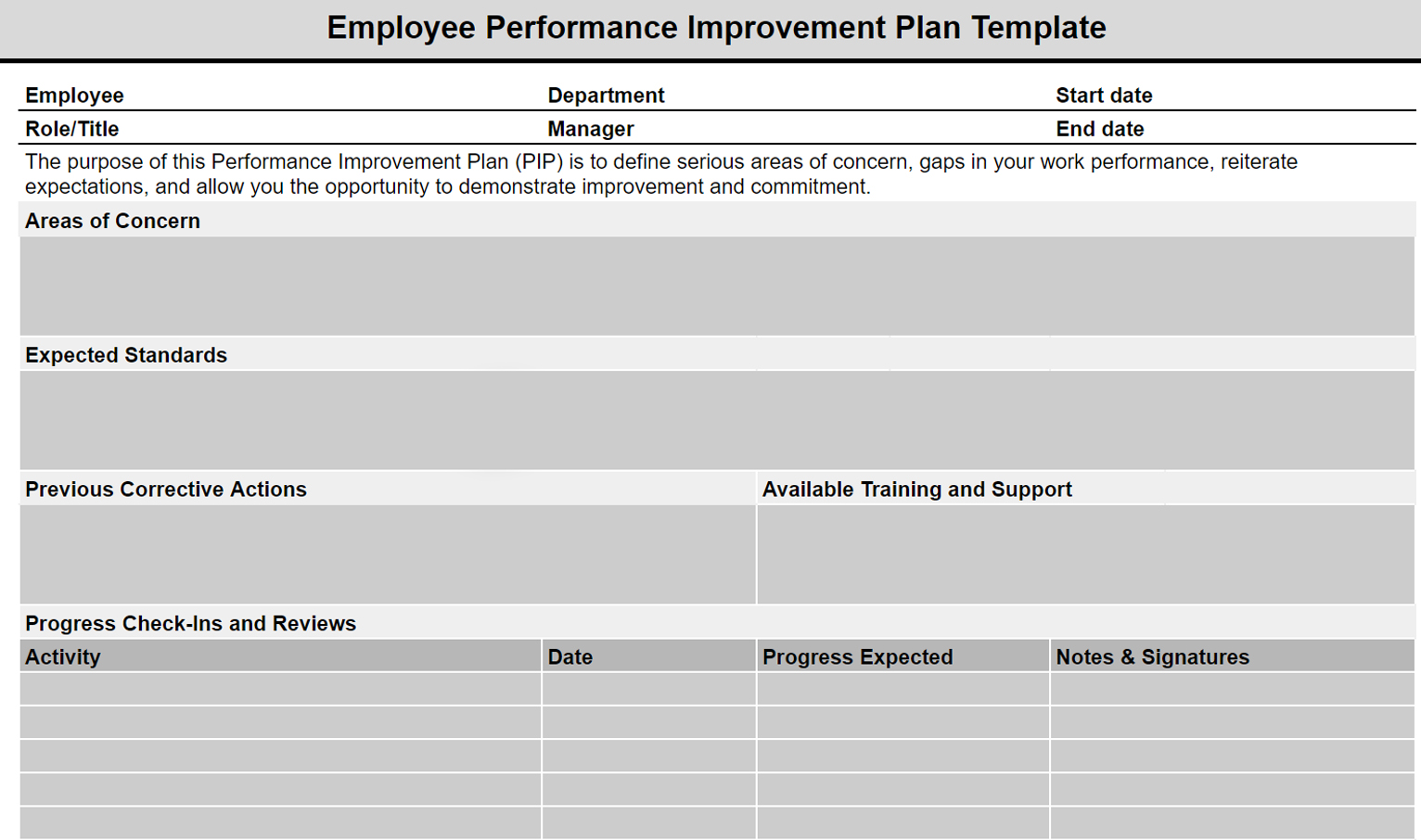
- Set expectations for underperforming employees
- Establish a timeline for improving on actionable goals
- Keep track of check-ins and milestones throughout the PIP
Get started today—Download the FREE template to correct employee productivity and conduct issues.
6) Create Spaces for Non-Work Related Conversations

Urging your employees to spend more time doing less work may be a contentious topic, but team bonding is a key aspect in the workplace; a study from Gallup found that employees who had feelings of isolation were 21% less effective in their work.
With so many employees moving to remote work, maintaining team cohesion requires conscious effort. By allowing employees to bond together through casual conversations you’re giving them a sense of community and connection to the organization.
This can be as simple as a “team happy hour” over video chat, or if you want to take it a step further, you can organize fun virtual events (paid or during work hours!) that encourage more participation. At the end of the day, it’s important to provide your employees with a space where they can interact with other colleagues in a less goal-oriented way.
7) Offer Professional Development Opportunities

Providing your employees with opportunities to learn new skills and grow beyond their day-to-day work is key for not only further developing their skills as a worker, but also for employee retention.
According to a Monster Job Index Survey, 80% of workers do not think their current employer offers professional development opportunities. Employees want to work for companies that are invested in their growth as both employees and people.
How To Support Professional Development Program:
- Pay for access to eLearning portals such as LinkedIn Learning.
- Encourage career development with a tuition reimbursement for ongoing education and flexible schedules to take their classes
- Invite them to attend industry events while counting their participation as work hours
- Provide mentorship programs that connect each new hire with a more experienced employee
- Provide employees with leadership development opportunities such as leading a small team on a new project
There are a wide variety of learning and development options available, and determining which ones would best benefit your employees is the first step.
Given the current economic climate, employee financial literacy is also high on the list of requested learning opportunities. From questions like “What is a home warranty?” to “How do I open an IRA?”, providing your employees with information they need to thrive can reduce their stress, and help build their business acumen.
8) Find New Ways for Workplace Recognition

Workplace recognition is an often underappreciated aspect of employee retention. Finding a way to balance the recognition of employees without undermining the work of others can be a difficult task, but a necessary one.
A survey from Great Places to Work found that 37% of respondents said that more personal recognition would encourage them to produce better work more often. Those who are getting recognized for their contributions are more likely to work harder in the future and stay with the company for a longer period of time.
It’s important to make sure you’re giving employees recognition in a valuable way instead of just saying “keep up the good work.” Be specific with the accomplishment, do it in a timely manner and try to connect it to the bigger picture, such as an account or company goal.
Not every piece of recognition has to be a groundbreaking accomplishment, either—smaller but still meaningful compliments can still be great sources of motivation for workers.
9) Adjust Your Remote Onboarding Process

Onboarding might be one of the aspects of a company that has had to adjust the most over the last few years. Previously when everything was done in person, you could all be in the same conference room, looking at the same paper or using the same equipment.
Seeing as onboarding is essentially the first true interaction new employees have with business, it’s key to get it right, or you risk a high turnover rate during the early stages of their new job.
While the core aspects of the onboarding process may stay the same, how you execute them will change for remote employees. Instead of giving them a paper training assignment, you might add them to a Google Doc and have them share their screen. It’s also important to make sure that any programs or tools needed for remote workers are deployed in advance.
With remote onboarding, it’s more critical than before that you have the logistics of the process down, such as: making sure your employee has their computer, setting them up with any security devices, and making sure they have any extra equipment they might need.
Not being in the same office makes it more difficult and time-consuming to provide these solutions, especially during a busy and stressful first few weeks for a new hire.
Improve Employee Productivity With
CurrentWare’s Remote Employee Monitoring Software
Ready to get advanced insights into how your employees spend their time? Reach out to the CurrentWare team for a demo of BrowseReporter, CurrentWare’s employee and computer monitoring software.
- Improve Productivity
Track unproductive web browsing and idle time to detect time-wasting - Save Time With Intuitive Reports
User-friendly reports make it easy to understand employee computer activity - Enhance Visibility
See how employees spend their time—even on Terminal Server and Remote Desktop Services!
Infographic: Top Ways You Are Losing Talent
Infographic created by GForce Employment Professionals
Conclusion & More Resources
In the age of the Great Resignation employees need to focus on bolstering their employee retention rate. It’s critical to understand how your employees feel, provide them with ongoing professional development opportunities, enable a healthy work-life balance, and provide a competitive benefits package if you want to stay competitive.
